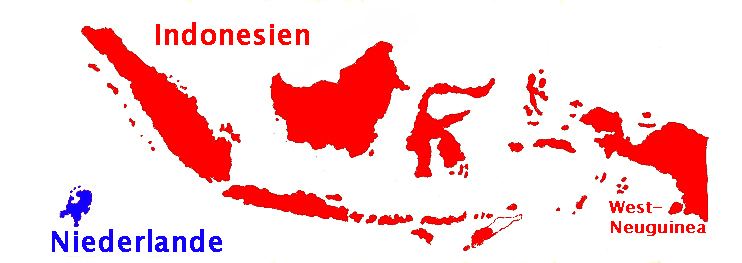Capital Amsterdam
Jakarta 1949–1956 Juliana | Government confederal monarchy Union dissolved 1956 | |
 | ||
Languages Indonesian
Dutch
Indigenous languages Religion Sunni Islam
Christianity
Hinduism
Buddhism | ||
The Netherlands-Indonesian Union was a confederal relationship between the Netherlands and Indonesia that existed between 1949 and 1956.
Contents
History
On 15 November 1946 the Linggadjati Agreement was signed between the Netherlands and the soon-to-be independent Dutch East Indies, which stated that the Dutch colonies would become an independent nation called 'the United States of Indonesia'. A Netherlands-Indonesian Union was established "to promote their common interests." Due to a military dispute, the execution of the agreement did not take place. After the Netherlands had signed a truce with the Republic of Indonesia, the transfer of sovereignty took place on 27 December 1949, and the Netherlands-Indonesian Union was founded.
The Union was abolished when Indonesia left in 1956.
Structure
The Netherlands-Indonesian Union would be a Dutch equivalent of the British Commonwealth. The Union would consist of two independent and sovereign partners:
- the Kingdom of the Netherlands, consisting of
- the Netherlands
- Suriname
- the Netherlands Antilles
- Netherlands New Guinea
- the United States of Indonesia, comprising seven states.
The status of Netherlands New Guinea should be discussed further. Preliminary New Guinea remained under Dutch rule. And, where Suriname and the Antilles would be equal partners (federated states) in the Kingdom, New Guinea would remain a colony. The Head of the Union (Hoofd der Unie) would be Queen Juliana. The collaboration would take place in the following areas:
To accomplish this, various organs would be called in life. Firstly, a conference of ministers had to be held every six months. Secondly, a permanent secretariat was established in The Hague. Each partner would choose a Secretary-General, who would each year take the leadership of the Secretariat. (From 1950 this was P.J.A. Idenburg for the Netherlands, who would remain it until 1956.) Finally, there was a Union-Court of Arbitration set up to judge disputes between the Netherlands and Indonesia.
